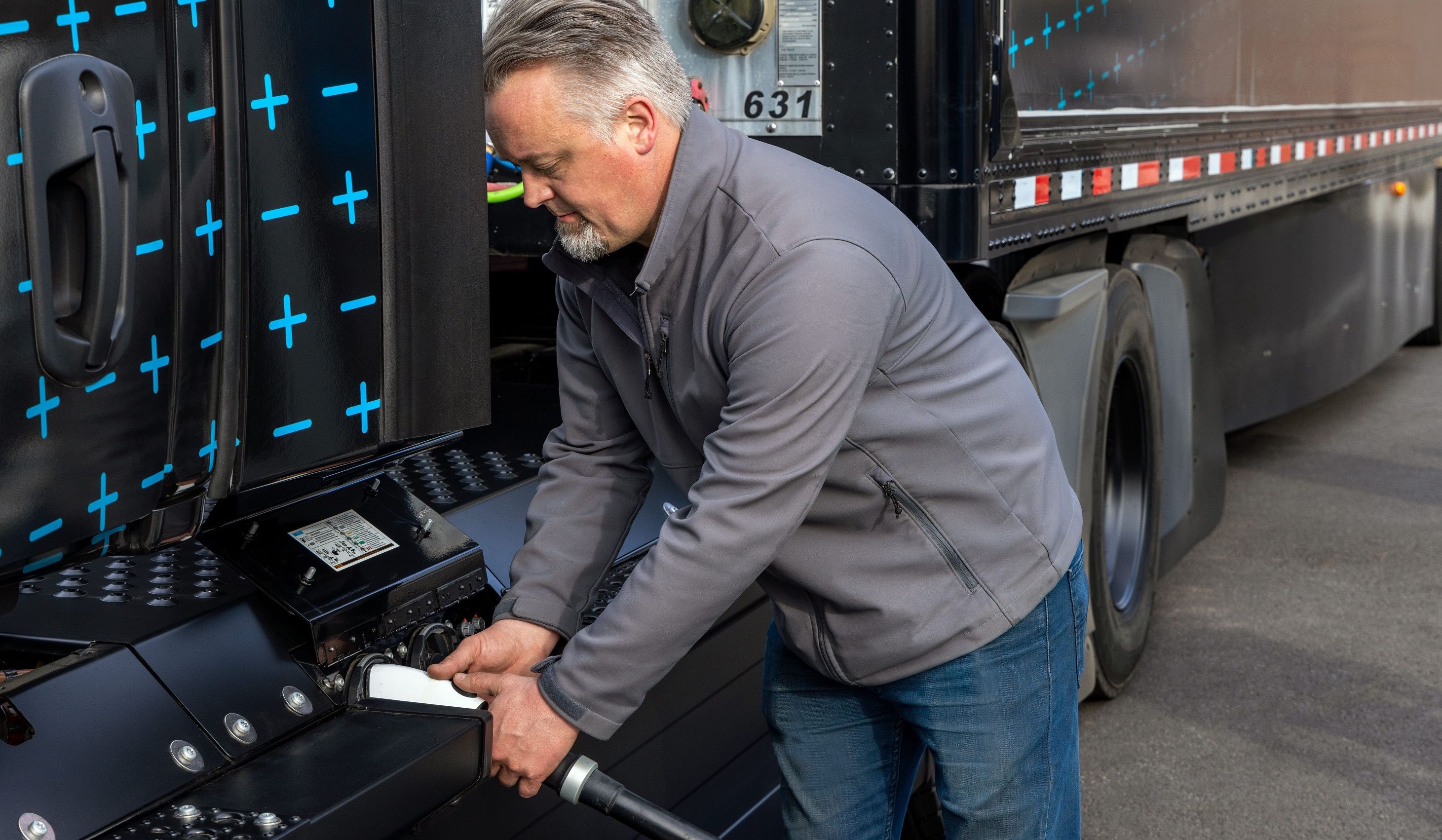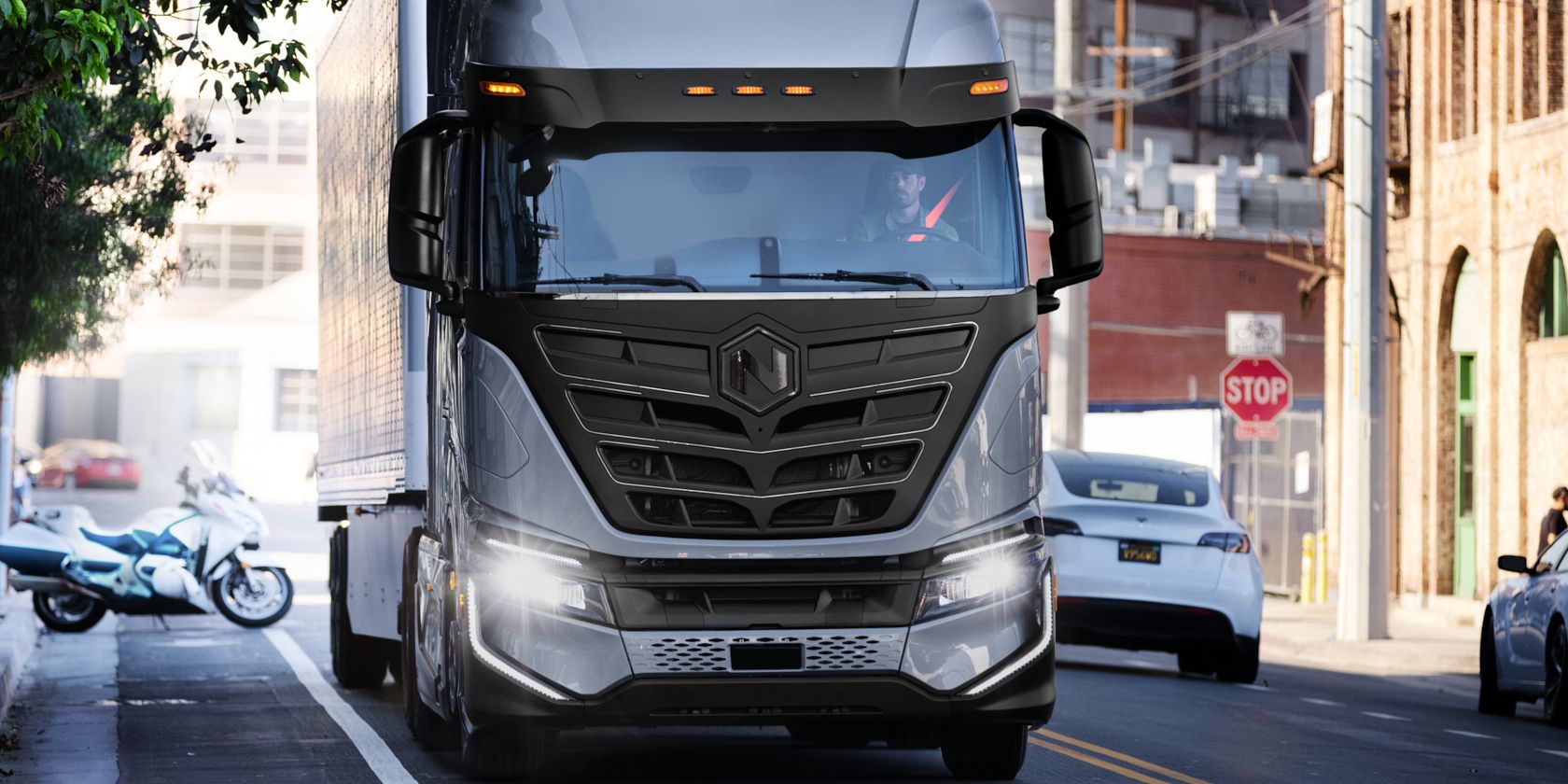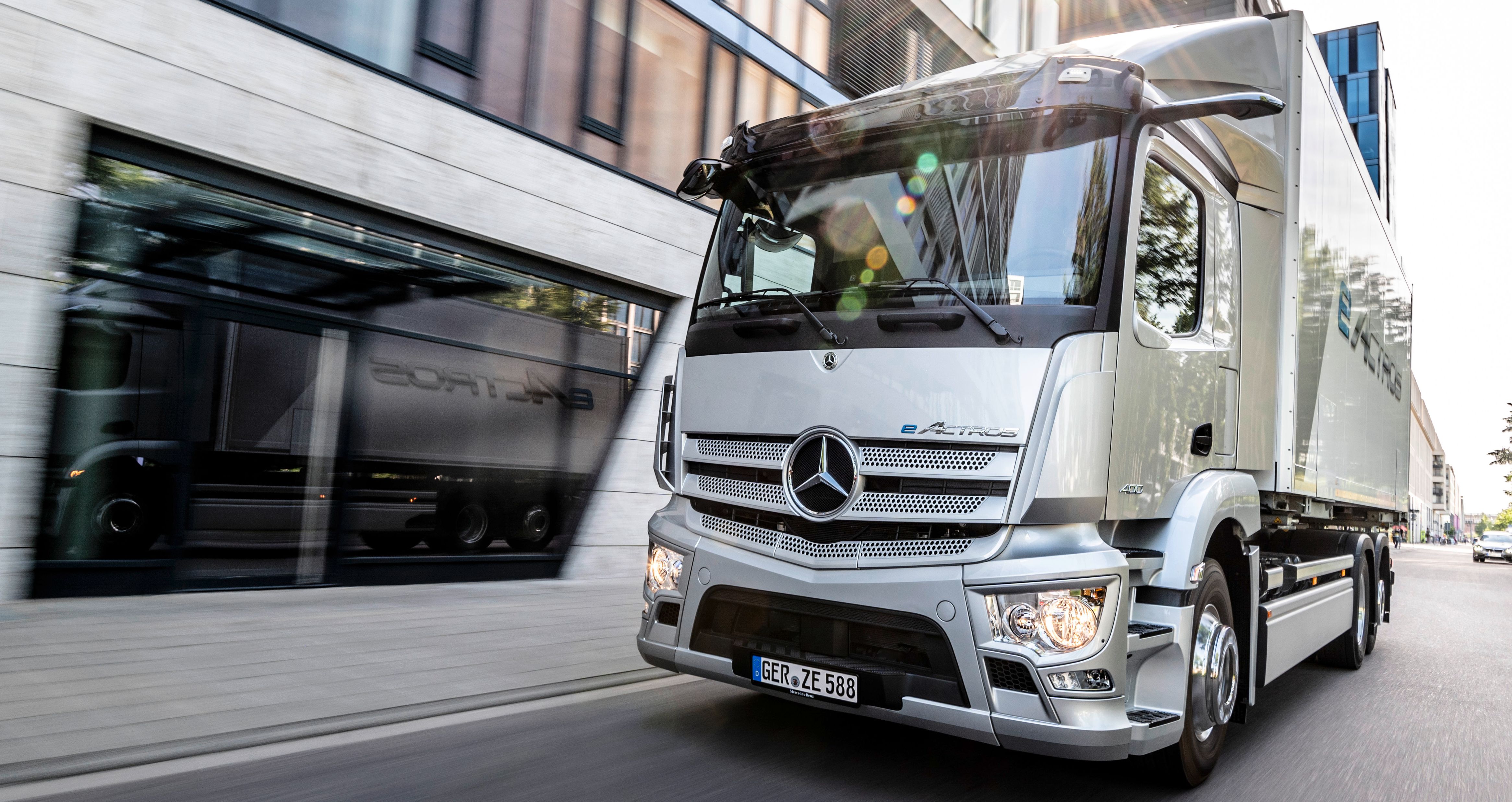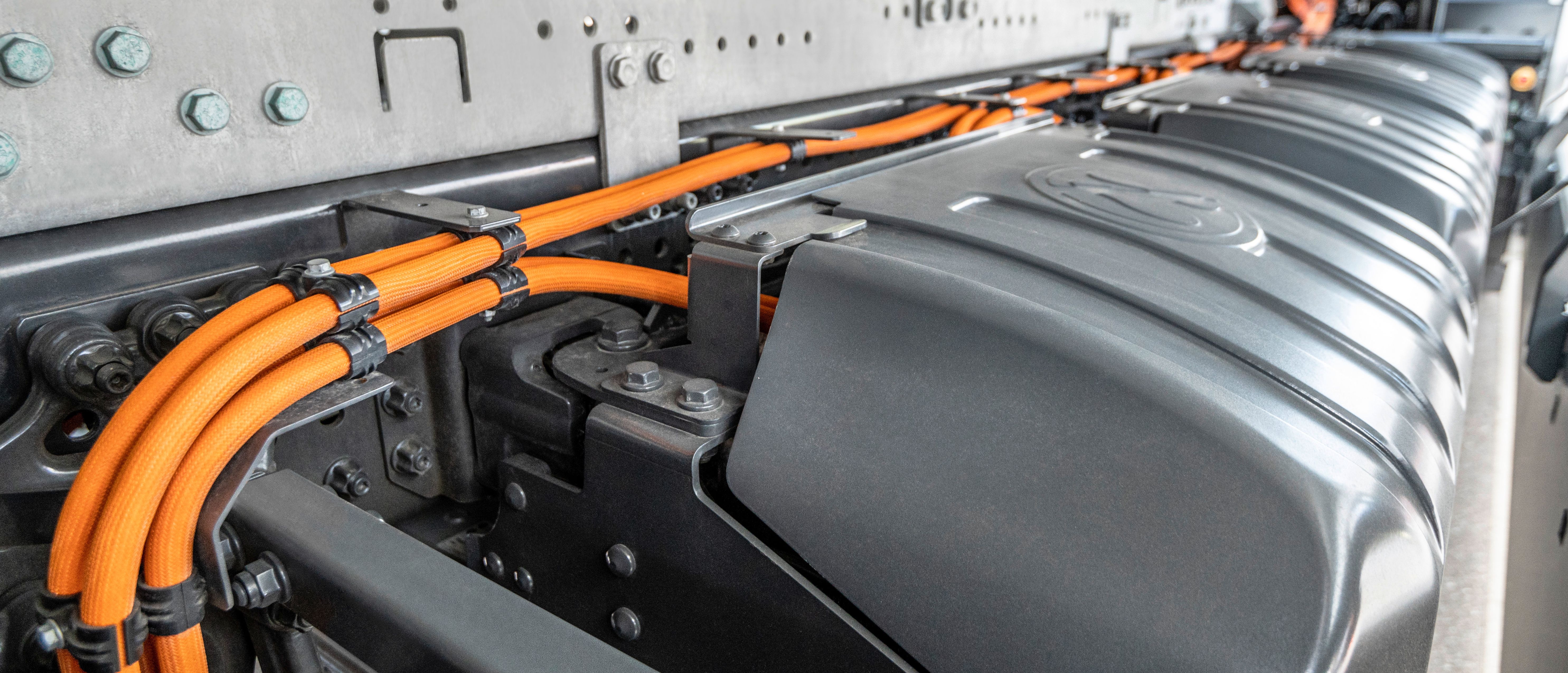Traditional internal combustion semi trucks have ruled our roads for a long time. However, more electric semi trucks are entering service, aided by the hype surrounding the Tesla Semi.
Electric haulers will likely become commonplace eventually, but there are still plenty of hurdles to overcome for the biggest EVs on the road. While these can all be remedied in time, let's explore the drawbacks associated with electric semi trucks.
1. Charging Infrastructure Needs Work
Currently, the charging infrastructure for electric semi trucks isn't where it needs to be in order to handle huge fleets of these trucks traveling all over the country. In order for electric semis to become viable transport vehicles, the charging infrastructure they rely on must be robust and ubiquitous.
It's important to build charging infrastructure that is accessible to truck drivers on their normal routes, and ideally doesn't have to be shared with drivers of smaller EVs. The electric grid must be upgraded to handle the massive toll of charging stations, with enough power to quickly charge batteries approaching capacities of 1,000 kWh (which, if using a standard 150 kW DC fast charger, would take a long time.)
Detractors of EVs for commercial transport might argue this is a steep task, but clearing these hurdles will bring many benefits and help establish a solid foundation for fleets of electric semi trucks everywhere.
2. The Batteries Are Heavy
Electric semi trucks are equipped with extremely heavy battery packs. This is something that cargo companies will have to consider when purchasing an electrified fleet because the huge battery pack eats up the total weight the truck can transport. Engineering Explained estimated that the Tesla Semi's battery weighs somewhere around 10,000 lbs, which is clearly a lot to haul around.
In the same video, Engineering Explained says that the difference might not be that significant when you take into account that electric semi trucks don't have the added weight of fuel onboard, nor heavy diesel engines. Add in the fact that electric semi trucks are allowed to carry 2,000 lbs over the limit of normal semi trucks, and the hauling advantages of diesel trucks aren't that impressive.
The real problem with the heavy batteries isn't the lack of cargo-carrying capacity, it's the safety risk associated with speeding down the highway with a heavier truck. A collision with such a heavy machine has the potential to be catastrophic and braking in these giant vehicles is a real challenge. Manufacturers must keep in mind that braking components should be optimized for EV-specific use, and not simply outfit traditional semi truck brakes on their electrified counterparts.
3. Limited Range
The Tesla Semi offers a claimed 500 miles of range and it's able to compete with some of the longest range electric vehicles. But not all electric trucks offer such prodigious range numbers. The Freightliner eCascadia is officially rated travel up to 230 miles on a full battery, which is less than half the Tesla truck's range.
Regardless, both the Tesla and the eCascadia fall short when compared to a diesel semi truck's range. According to the Phoenix Truck Driving Institute, the average semi truck's fuel efficiency is around 6.5 miles to the gallon. Assuming you're driving a semi truck with two 120-gallon tanks, you'll end up with a very healthy driving range of approximately 1,560 miles.
Granted, truckers won't drive this far without stopping for a rest, but the fact that they don't have to stop to refuel so often is a major advantage—in the transport business, time is money. The added peace of mind of a substantial range is great to have.
On the bright side, electric trucks' limited range might ultimately be an advantage for the safety of the drivers. It limits the number of miles a driver can cover on one tank, essentially forcing the driver to stop and get some rest.
4. Cold Weather Affects the Range
Driving electric trucks through serene roads in an ideal climate sounds great. But what about driving during impossibly cold winters?
Electric vehicles suffer range loss during the winter. Lithium-ion batteries don't perform as well in the cold, so they have to be kept at their ideal temperature, which uses a lot of juice (even when the vehicle is not in operation.) The increased demand placed on the vehicle's climate control system is another range-reducing factor.
Electric semi truck drivers also need to keep warm during the cold, so the toll winter places on driving range will affect electric transport vehicles too.
5. Replacement Parts Availability
The commercial sector doesn't have time to waste waiting for replacement parts for broken down rigs. Established semi truck manufacturers count on experienced mechanics to keep their vehicles on the road, and parts availability is an important factor. Considering the specialized nature of electric vehicle parts, the wait times might be long.
Furthermore, the first iteration of new technology is often buggy and transport companies can't risk using transport vehicles with unproven reliability. The issue of qualified mechanics is also critical, as massive training efforts will be necessary in order to get the current workforce up to date with the knowledge required to work on EVs.
6. Long Time to Charge
Freightliner's eCascadia can charge in approximately 90 minutes from 0% to 80%, depending on configuration. This is a long time to recharge your electric truck, especially considering the Tesla Semi can travel further and can regain 70% of its range in approximately 30 minutes.
Assuming you're filling up a diesel semi truck with two tanks totaling a 300-gallon capacity, and the pump can dispense 60 gallons of fuel per minute, you'll be looking at a total fill up time of five minutes. This is five minutes for approximately 1,950 miles of range, assuming an average consumption of 6.5 miles per gallon.
As such, you'll spend less time stopping to refuel in a diesel semi truck and you'll also have to stop less often thanks to the extended range.
Electric Semi Trucks Are Still a Better Option Under the Right Circumstances
Electric semi trucks are definitely the future, but it's important for manufacturers and fleet owners to invest in expanding the semi truck charging infrastructure. All that said, even with the current limitations, electric trucks like the Tesla Semi offer many advantages over their traditional diesel counterparts.







